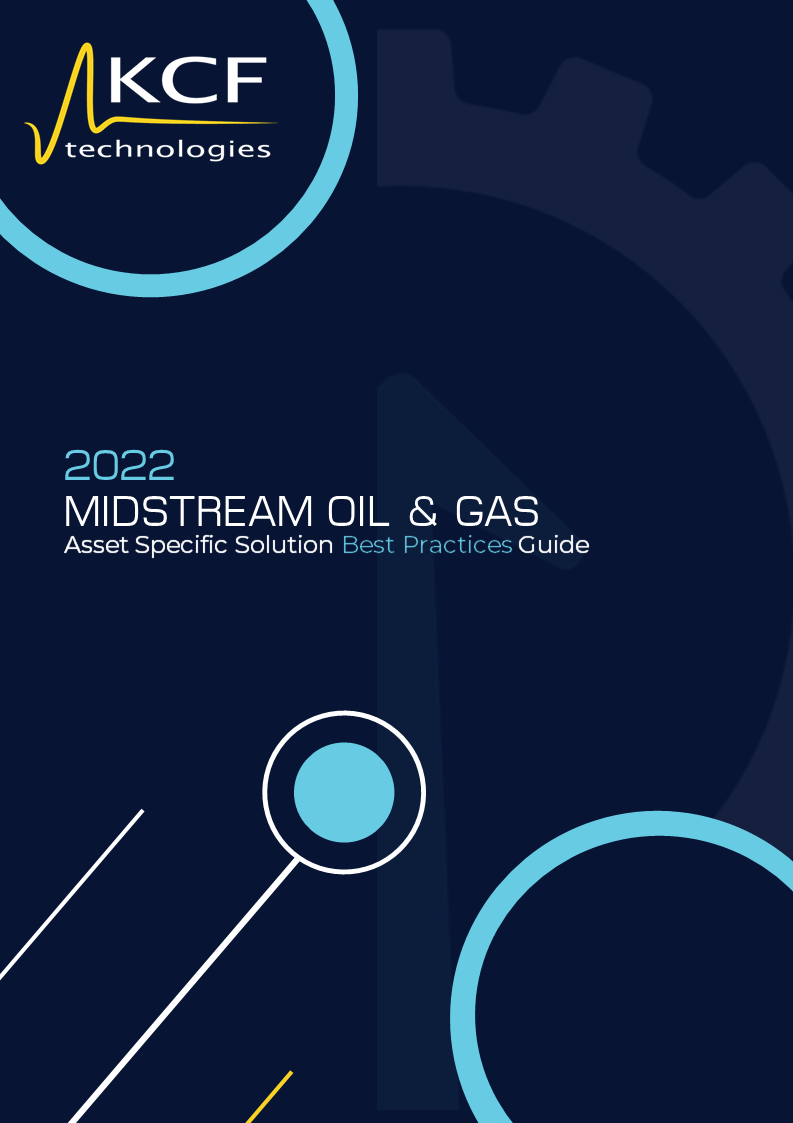Optimize Your Performance and Efficiency in 2022
Table of Contents
$1,118,573,089.29
Customer Savings
3,287
Downtime Hours Saved
15,764
Assets Monitored
Compressor Discharge Piping
The Problem
The discharge piping is used to transport the high-pressure outlet gas leaving the compressors.
Continuous piping resonance can lead to cracks, leaks, and valve failures. First and foremost, this poses a grave safety risk. In addition, the compressor unit and sometimes the entire station need to be shut down to address the leaks, causing significant downtime.
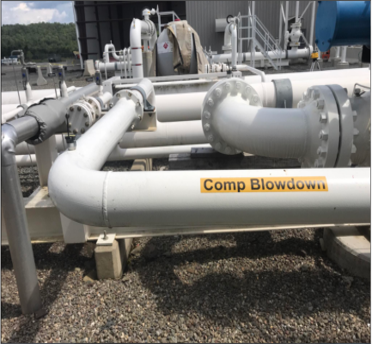
Cost of Asset Failures
- $6,000/hour Downtime Cost Per Compressor
Savings Potential
- For a setup of 3 compressors, entire station savings of $400,000/Day
Asset Blind Spots
There are several inherent challenges related to monitoring piping resonance.
Resonance severity and frequency are often undetectable to the human ear and eye.
Time-based protocols only capture intermittent data, failing to accomplish repeatability.
Resonance is ever-changing with operational parameters.
A New Approach to Piping Resonance Mitigation
The age-old attempted solution involves route-based vibration monitoring. With this approach, key resonance windows and possible failure modes will go undetected between readings. Furthermore, time and weather limitations do not allow for measurement repeatability,
The comprehensive solution is simple: Continuous Real-Time Vibration Monitoring.
- Resonance conditions will be detected immediately
- Remote monitoring with no restrictions on obtaining readings
- Ability to correlate vibration data with operational parameters

Hardware
- 20-25 Wireless Vibration Sensors equipped on the compressor and critical points on the discharge piping
- Optional: Motion Camera to measure displacement
Software
- Customizable Threshold Settings
- Velocity, Acceleration, and Temperature Indicators
- Sensor Configurations
- Dashboards
- Technical Reporting
Customer Inputs
- Operational data for each compressor including RPM, pressure, and temperature can be integrated with the real-time vibration data
- Utilize the data integration function to run compressor load/speed tests to determine operational sweet spots, minimizing piping resonance
Training
- Sentry site visits for assessment and installation
- Sentry in-person training
- KCF Academy
- Customer training and handbooks
- Asset playbook
Compressor Cooling Fans
The Problem
Compressor cooling fans are a critical component of midstream operations. In fact, a compressor can not operate if the cooling fan is down. Optimizing the health of cooling fans is essential to avoid lost throughput and reduce NPT.
Fan imbalance, shaft misalignment/looseness, and worn fan bearings are just some of the issues that can cause a cooling fan to fail.
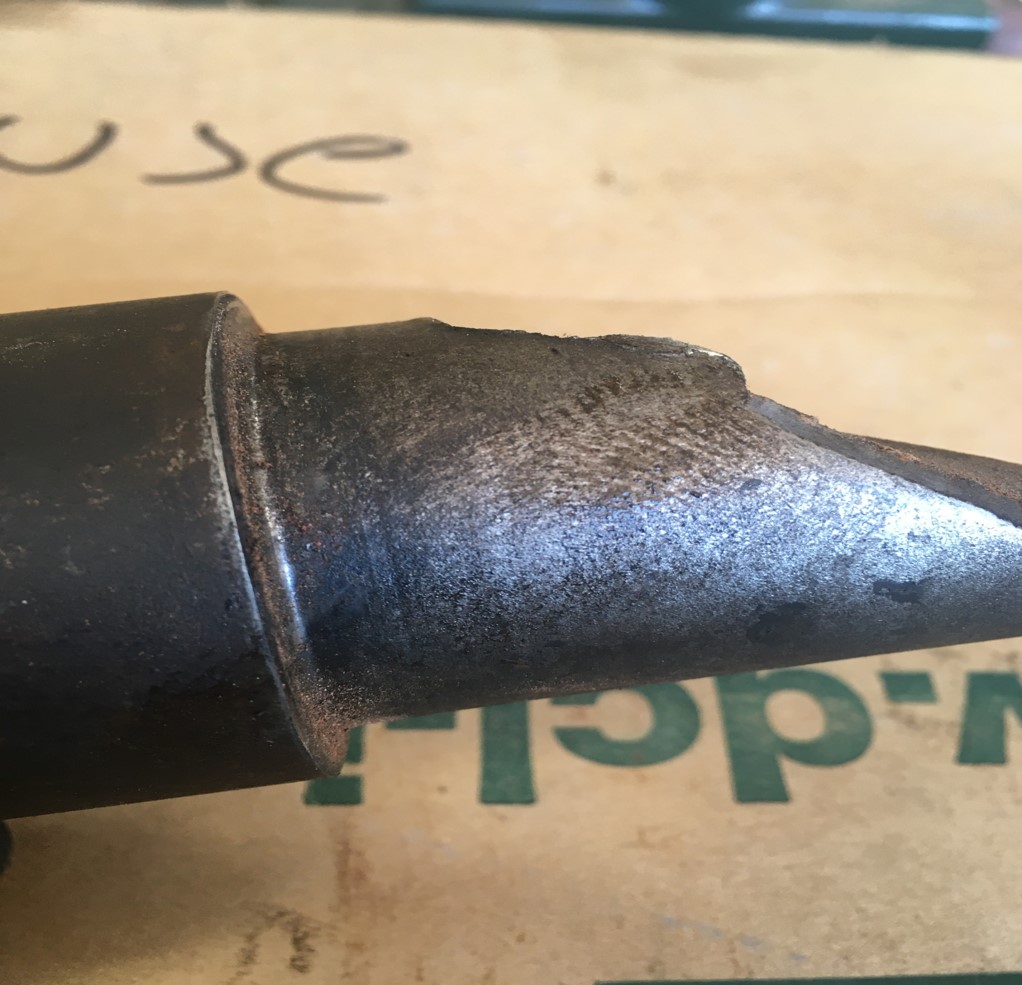
Cost of Asset Failures
- 4-6 Hours of Downtime
Savings Potential
- $25,000 Per Failure for a Single Compressor
Asset Blind Spots
There are several inherent challenges related to monitoring compressor cooling fans.
The large number of fans on-site makes route-based protocols extremely time-consuming and inefficient.
Limited access to the fan shaft/bearings means cooling units need to be shut down to safely obtain route-based readings.
Time-based protocols only capture intermittent data failing to accomplish repeatability.
A New Approach to Compressor Cooling Fan Monitoring
The age-old attempted solution involves route-based vibration monitoring. With this approach, possible failure modes and early signs of bearing wear will go undetected between readings. Furthermore, time and accessibility limitations do not allow for measurement repeatability across the site.
The comprehensive solution is simple: Continuous Real-Time Vibration Monitoring.
- Failure modes and early wear will be detected immediately
- Remote monitoring with no restrictions on obtaining readings
- Bird’s Eye View: Ability to instantly compare readings from multiple fans

Hardware
- 3-10 Wireless Vibration Sensors installed on the motor and fan bearings along the shaft
Software
- Customizable Threshold Settings
- Velocity, Acceleration, and Temperature Indicators
- Sensor Configurations
- Dashboards
- Technical Reporting
Customer Input
- Asset details for each fan including shaft turning speed and bearing model shed light on specific fault frequencies
- Utilize the data integration function to correlate compressor operating conditions with fan frame resonance
Training
- Sentry site visits for assessment and installation
- Sentry in-person training
- KCF Academy
- Customer training and handbooks
- Asset playbook
Motor Misalignment
The Problem
Misalignment on rotating equipment occurs when the centerlines of the motor and the driven machine shafts are not in line. Misalignment increases strain on the equipment and can eventually lead to loss of power transmission as well as premature coupling, bearing, and shaft failure.
The majority of rotating equipment used in the industry is operating out of alignment. In fact, misalignment is responsible for up to 50% of equipment failures.
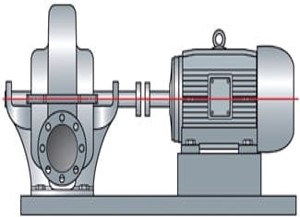
Cost of Asset Failures
- 8-12 Hours of Downtime
Savings Potential
- $10,000-$50,000 Per Failure for a single motor
- One gas plant is approximately ~50 Motors
Asset Blind Spots
There are several inherent challenges related to monitoring motors for misalignment.
The large number of rotating equipment on-site makes route-based protocols extremely time-consuming
Even after the realignment of equipment, there could already be damage to the bearings, coupling, etc.
Time-based protocols only capture intermittent data failing to accomplish repeatability
A New Approach to Misalignment Failure Prevention
The age-old attempted solution involves route-based vibration monitoring. With this approach, possible failure modes and early signs of bearing/coupling wear will go undetected between readings. Furthermore, time and accessibility limitations do not allow for measurement repeatability across the site.
The comprehensive solution is simple: Continuous Real-Time Vibration Monitoring.
- Failure modes and early wear will be detected immediately
- Remote monitoring with no restrictions on obtaining readings
- Bird’s Eye View: Ability to instantly compare readings from multiple motors
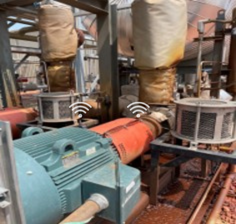
Hardware
- 2-4 Wireless Vibration Sensors installed on the motor and driven equipment
Software
- Customizable Threshold Settings
- Velocity, Acceleration & Temperature Indicators
- Sensor Configurations
- Dashboards
- Technical Reporting
Customer Inputs
- Asset details for each motor including running speed and bearing model shed light on specific fault frequencies
- Utilize the data integration function to correlate VFD motor operating conditions with misalignment frequencies
Training
- Sentry site visits for assessment and installation
- Sentry in-person training
- KCF Academy
- Customer training and handbooks
- Asset playbook
Screw Compressors
The Problem
Screw compressors are used to move compressed gaseous fluids for purposes such as air supply or gas storage. In the event of failure, operations are halted as there is no longer a source of high-pressure fluid being pumped. Optimizing running speeds with the health of the overall machine is critical to ensure that the maintenance downtime can be planned, and losses are limited. Bearing failure, shaft misalignment, and lubrication failures are commonly the cause of downtime for these assets.
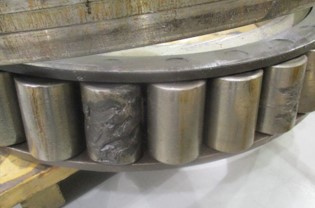
Cost of Asset Failures
- $80,000 for a Compressor Rebuild taking 4-6 weeks
- $240,000 for a Compressor Replacement taking 15-17 weeks
Savings Potential
- $160,000 to Rebuild
- $480,000 Plantwide for ~10 weeks of downtime at $1,400/hour
Asset Blind Spots
There are several inherent challenges related to monitoring bearings.
Vibration frequencies in the early stages of bearing failure are the only method of detection, as there is no audible noise nor visual indication of failure.
Infrequent equipment breakdown or maintenance allow for minor failures to escalate into catastrophic failures.
Throughput demand causes difficulty in physical failure assessment as downtime is so costly.
A New Approach to Screw Compressor Failure Prevention
Typically, these compressors are run until there is audible or visual indication of imminent failure. This can result in unplanned downtime and escalated safety hazards in more severe cases.
Vibration sensors and continuous machine health monitoring can be used to account for future failures weeks in advance. For example, vibration signatures of bearing failures, misalignments, and other points of failure can be called out immediately, rather than allowing the issue to persist, causing further damage.
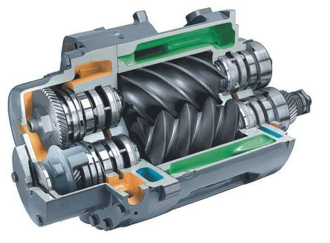
Hardware
- 3-5 Wireless Vibration Sensors placed along shafts of the compressor, as well as the motor in-board and out-board
Software
- Customizable Threshold Settings
- Velocity, Acceleration & Temperature Indicators
- Sensor Configurations
- Dashboards
- Technical Reporting
Customer Inputs
- Asset specifications for each screw compressor including bearing data, asset running speed, and common past points of failure
Training
- Sentry site visits for assessment and installation
- Sentry in-person training
- KCF Academy
- Customer training and handbooks
- Asset playbook
The midstream industry is quickly heading into the world of digital transformation! I'm thrilled to tackle your biggest challenges to make your locations as safe and efficient as possible! Please contact me today, to give your critical assets a voice and get access to actionable insights!


